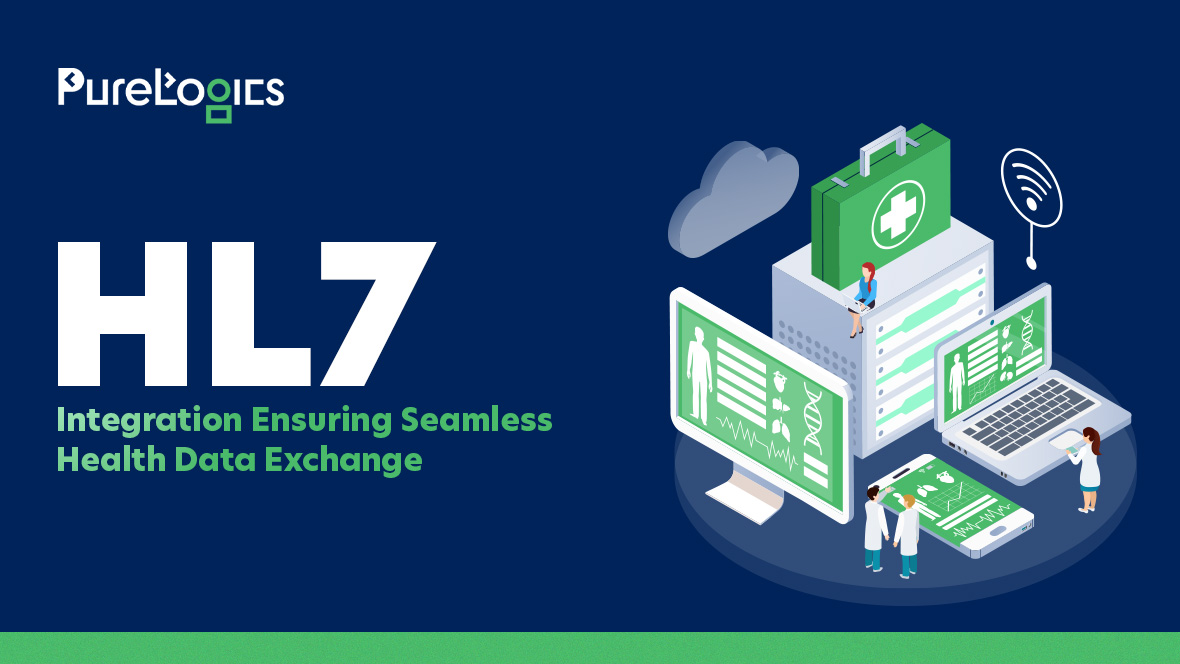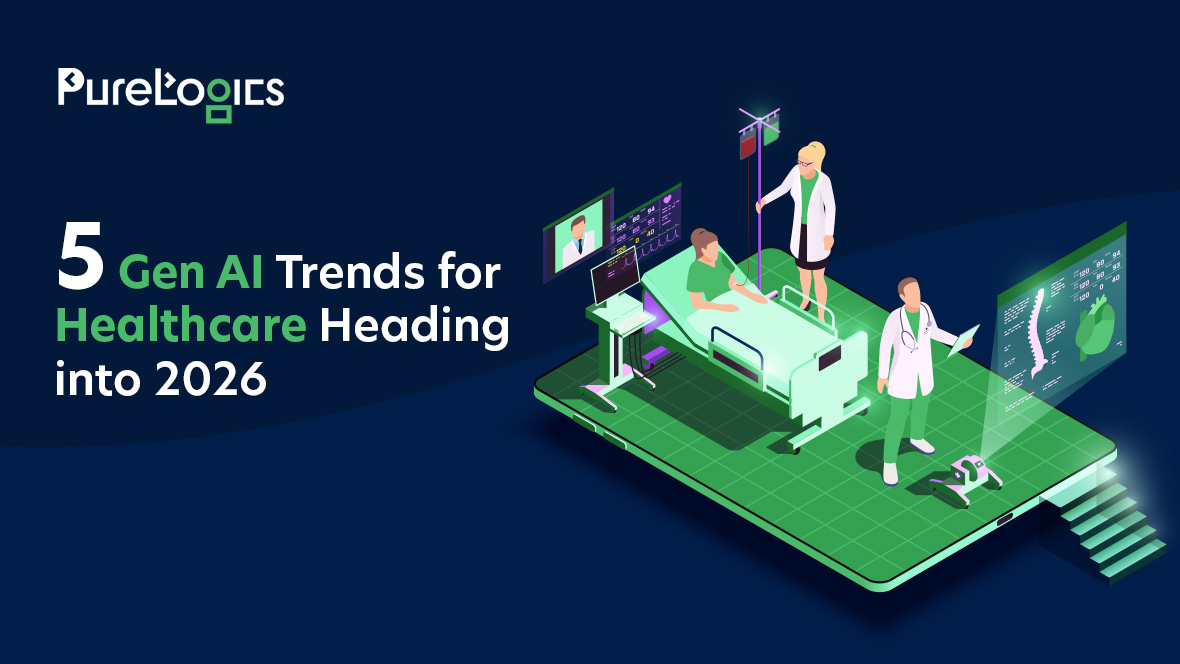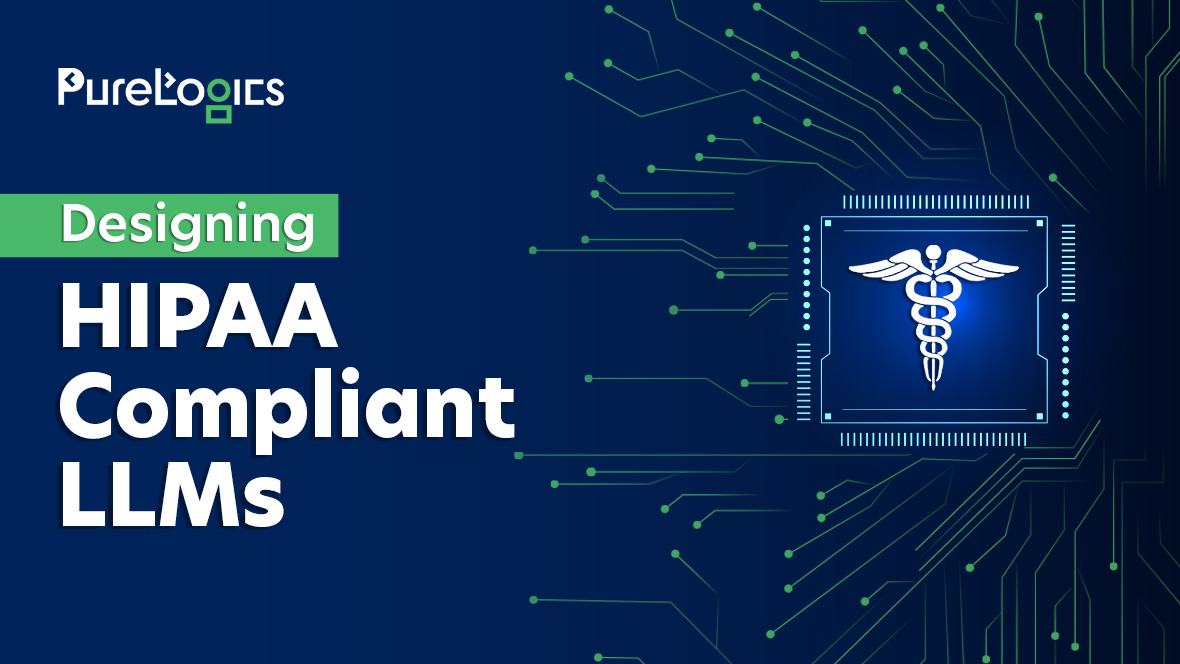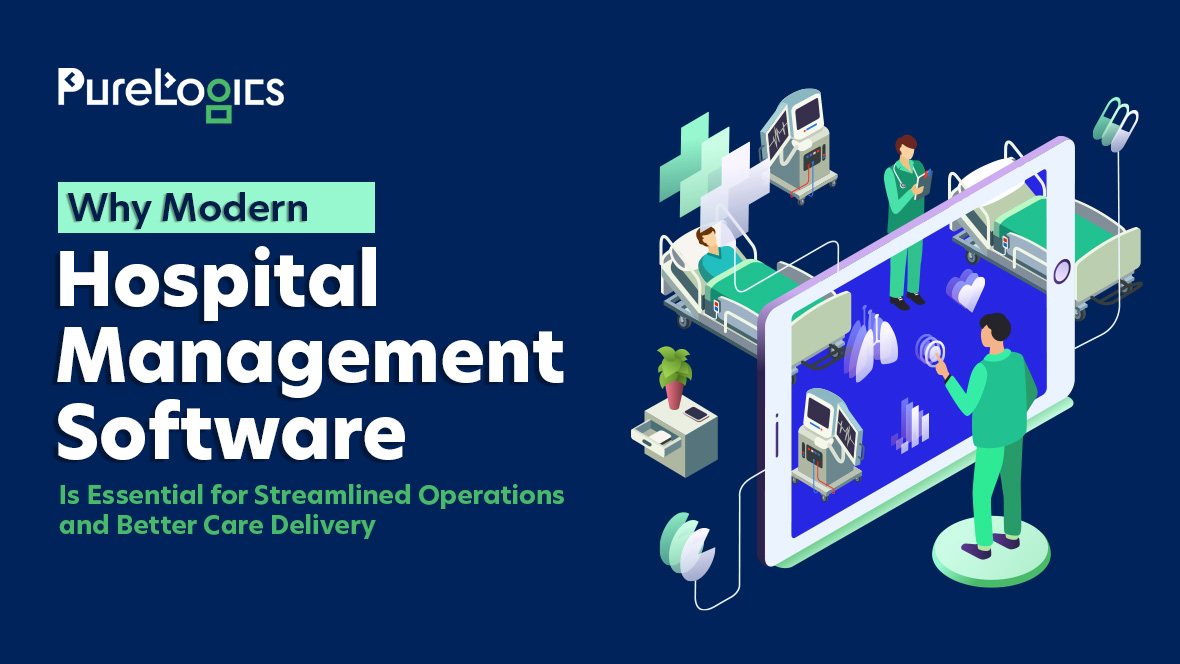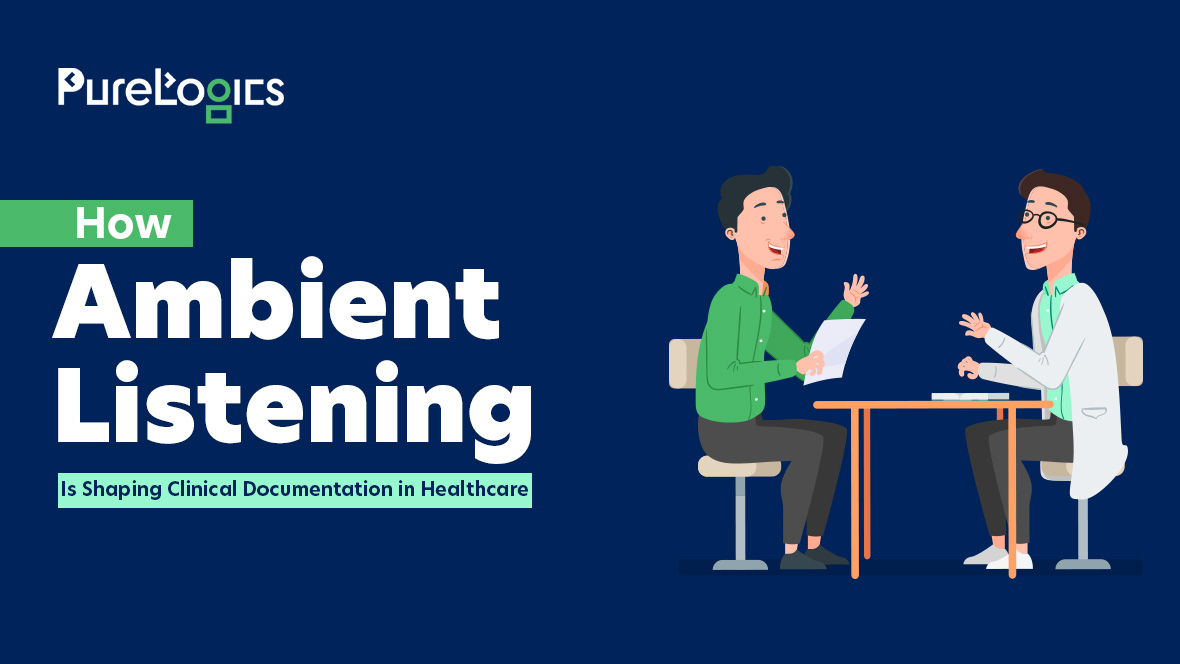The healthcare sector is a complex ecosystem driven by diverse IT systems, including Electronic Health Records (EHRs) and Laboratory Information Systems (LIS). However, these systems often operate in isolation, creating fragmented data silos that impede the seamless flow of critical patient information. This fragmentation underscores the need for a unified communication protocol. This is where HL7 (Health Level Seven) comes in —a universal language that enables healthcare IT systems to communicate smoothly. Acting as the linchpin for interoperability, HL7 bridges the gaps between disparate systems, fostering a more connected and efficient healthcare framework.
To harness the full potential of HL7, healthcare organizations adopt integration strategies through either Point-to-Point Interfaces or an HL7 Integration Engine. While the former establishes direct connections between two systems for data exchange, the latter functions as a sophisticated middleware solution, transforming data formats and orchestrating message flows with remarkable flexibility, eliminating the need for a web of individual interfaces.
Incorporating HL7 integration isn’t merely a technical upgrade; it’s a visionary leap toward a cohesive, efficient, and patient-first healthcare landscape.
The Transformative Impact of HL7 Integration in Healthcare
HL7 integration revolutionizes how healthcare systems communicate and manage data. By seamlessly connecting isolated systems, it empowers healthcare providers with real-time access to critical patient information, enabling informed decisions and superior care delivery. Below, we are listing the benefits that HL7 integration brings to healthcare businesses.
Unpacking the Benefits of HL7 Integration in Healthcare
Elevated Interoperability
HL7 transforms isolated systems into a cohesive network, enabling effortless data exchange across healthcare platforms. By minimizing data silos, it enhances system connectivity and optimizes data-sharing capabilities. This seamless communication between providers ensures improved access to information, directly contributing to superior patient care quality.
Amplified Patient Care
Timely access to precise patient data enhances diagnosis and treatment, streamlining care delivery. With HL7 standards ensuring real-time updates, personalized and prompt care becomes the norm. Enhanced data accessibility enables clinicians to make informed decisions, resulting in significantly improved patient outcomes and overall healthcare experiences.
Optimized Operational Efficiency
HL7 integration streamlines workflows, alleviating administrative burdens and reducing data entry errors. This optimization saves valuable time and resources, while automated data exchanges minimize manual tasks, driving faster and more effective healthcare operations. By maximizing system utility, healthcare providers achieve enhanced productivity and service quality. Moreover, the use of AI in healthcare has increased the efficiency of healthcare systems.
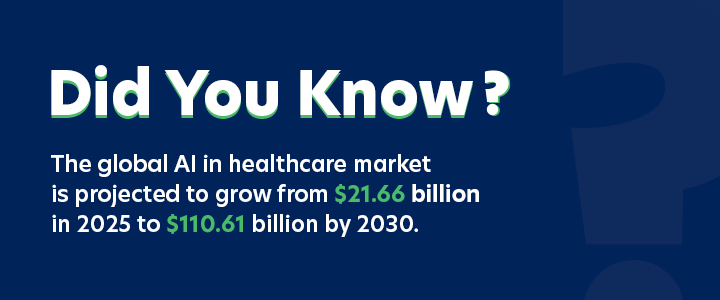
Strengthened Regulatory Compliance
Compliance with healthcare standards becomes easy through precise data handling facilitated by HL7 integration. Automation of compliance reporting reduces manual errors and simplifies adherence to evolving privacy laws. This minimizes the risk of non-compliance penalties, develops trust among patients and regulators, and ensures secure handling of sensitive information.
Enhanced Data Analytics
Unified data from HL7 integration provides comprehensive health insights, enabling in-depth analysis and advanced analytics. This accessibility supports the development of predictive models, refines patient care strategies, and identifies trends that lead to improved treatments and preventive measures. Efficient data utilization transforms healthcare practices, driving innovation and improved outcomes.
Innovation & Interoperability
By enabling unparalleled efficiency and regulatory alignment, HL7 integration stands as a cornerstone of modern healthcare transformation. It not only enhances operational and clinical excellence but also paves the way for groundbreaking advancements in healthcare interoperability and innovation.
Key Steps for Successful HL7 Integration in Healthcare
Develop a Comprehensive Strategy
Begin with a well-defined plan tailored to your organization’s unique needs and objectives. Conduct a thorough analysis to identify the systems that require integration and the specific data to be shared. Establish clear goals and realistic timelines to ensure a structured and efficient integration process.
Partner with an Expert Healthcare App Development Firm
Collaborate with a specialized healthcare app development firm proficient in HL7 integration. Their expertise ensures seamless navigation through the complexities of the integration process, from initial planning to final execution. A dedicated partner can also design bespoke solutions aligned with your operational and clinical requirements.
Master HL7 Standards
A solid understanding of HL7 standards is crucial before implementation. Familiarize yourself with the various versions and assess which aligns best with your organizational needs. This foundational knowledge streamlines the integration process, reducing potential challenges and ensuring compatibility across systems.
Prioritize Data Privacy and Security
Given the sensitive nature of healthcare data, safeguarding patient information is non-negotiable. Implement robust encryption methods, enforce strict access controls, and ensure compliance with regulations such as the Health Insurance Portability and Accountability Act (HIPAA). These measures protect data integrity and confidentiality, fostering trust and maintaining regulatory compliance. As of April 30, 2025, a total of 238 data breaches had been disclosed in the HHS.
Set the Foundation for Seamless Integration
By combining strategic planning, expert partnerships, comprehensive knowledge, and rigorous security practices, your healthcare organization can achieve a successful HL7 integration. This paves the way for enhanced interoperability, operational efficiency, and superior patient care.
Conclusion
At PureLogics, we understand the challenges of HL7 integration in the healthcare industry. Our team specializes in offering comprehensive HL7-integrated healthcare software development solutions that streamline data exchange across numerous healthcare systems. Healthcare enterprises can easily achieve interoperability, optimize operational efficiency, and improve patient care. You can contact us to get your HL7-based healthcare software developed today.


 [tta_listen_btn]
[tta_listen_btn]
 June 5 2025
June 5 2025

